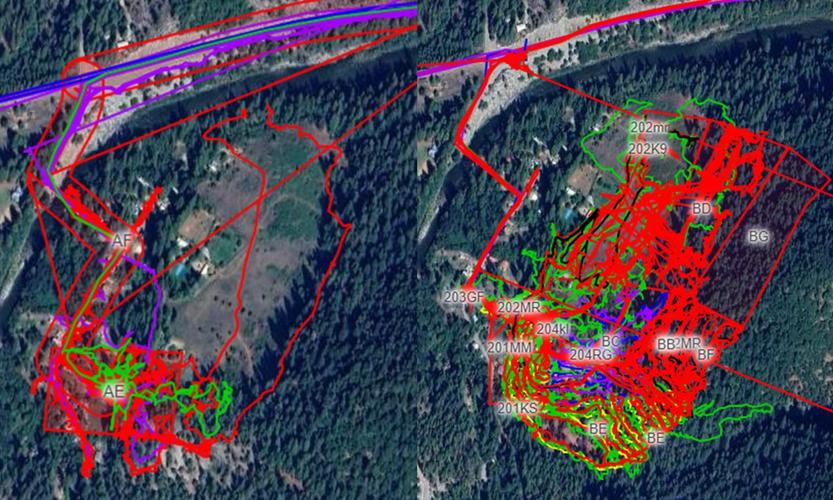Tahoe National Forest Stage 1 Fire Restrictions Implemented
August 10, 2023
Press Release by USFS Tahoe National Forest is implementing Stage 1 fire restrictions starting August 1 due to high fire danger from persistent hot and dry weather conditions. Under these restrictions, the public can still maintain a campfire in established fire rings within designated developed campgrounds and day-use sites, but not outside of those areas. “Implementing fire restrictions is a proactive measure to ensure we as fire managers are doing our part to prioritize the safety of those that choose to live and recreate on the Tahoe National Forest,” said Fire Management Officer Kyle Jacobson. “Restricting fires in undeveloped areas helps protect our forest and surrounding communities during these overly dry and hot periods each year.” The decision to go into fire restrictions is based on a variety of factors. Forest managers use several criteria to determine when to implement restrictions, including current and predicted weather, fuel moisture, fire activity levels and available firefighting resources. Under Stage 1 restrictions, the following are prohibited Aug. 1 through Nov. 1, 2023: Regardless of conditions and time of year, we must remain vigilant at all times to avoid human-caused wildfires. Help protect our forests, firefighters, and communities by following these principals when out on forested lands: The full Forest Order and list of designated developed recreation sites can be found here: https://www.fs.usda.gov/detail/tahoe/alerts-notices/?cid=fseprd1127012
Featured Articles

Clothing Linked to Missing Resident Gil Clark →
November 18, 2025
New evidence found in search for missing Goodyears Bar resident Gil Clark.
WCB Considers Grant for Sierra Valley Tribal Land Purchase →
November 20, 2025
CDFW Injects Chinook Salmon Eggs Into North Yuba →
November 13, 2025
Grass Valley Planning Commission Approves Contractor Yard Expansion →
November 19, 2025
Helicopter Logging Project Underway Near Downieville →
November 13, 2025